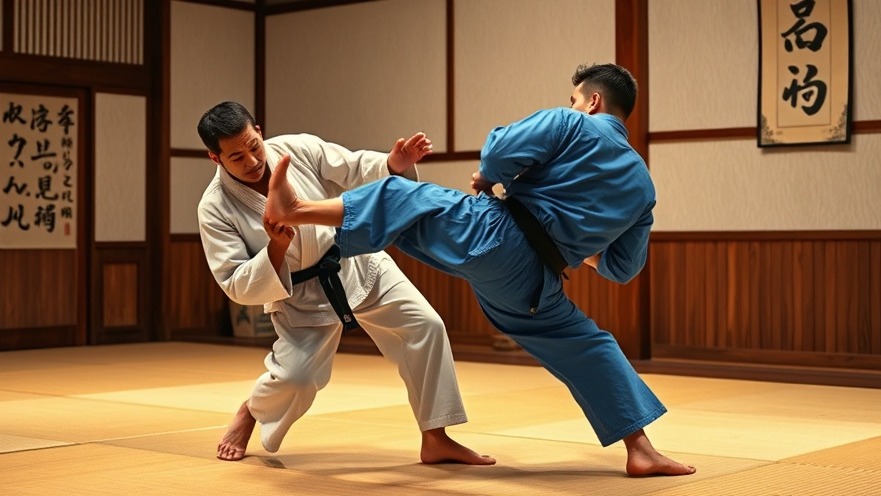
Unlocking the Power of Interval Training for Martial Artists
In martial arts, speed, power, and endurance are not just desirable qualities—they're essential. While traditional approaches like kata, bag work, and sparring lay the groundwork, integrating interval training can exponentially enhance your performance in any dojo, whether it's karate, taekwondo, or Brazilian jiu-jitsu.
Understanding Interval Training: A Game Changer for Martial Artists
So, what exactly is interval training? This method involves alternating between periods of high-intensity effort and short recovery phases. The beauty of this approach lies in its dual benefits—enhancing both aerobic and anaerobic capacities. For martial artists, this translates into the ability to deliver powerful strikes while maintaining stamina for extended rounds of combat.
Why Martial Artists Should Embrace Interval Training
Interval training offers multiple benefits tailored to the unique demands of martial arts:
Improved Explosiveness: Quick and intense bursts of activity improve your capacity to strike, kick, and grapple effectively.
Enhanced Cardio Endurance: This type of training increases your ability to recover swiftly, crucial for the sustained effort required in fights.
Increased Speed & Agility: Through fast-paced drills, you'll sharpen your reaction time and improve movement efficiency.
Fatigue Resistance: Training at high intensity prepares you for the exhaustion of real fights, helping you maintain focus and performance under pressure.
Sample Interval Training Workout for Martial Artists
If you're curious about how to incorporate this training style into your routine, here’s a simple, effective 20-minute interval workout:
Jump Rope: 30 seconds of sprinting followed by 15 seconds of rest. Repeat this for 5 rounds. The right jump rope matters—consider speed ropes for quick footwork. Always maintain form: stay on the balls of your feet, keep your knees slightly bent, and use your wrists to rotate the rope.
Heavy Bag Combos: Strike and kick with 45 seconds of effort followed by 15 seconds of rest. Aim for 4 rounds. Stay in a balanced stance and focus on technique rather than power.
Burpees: Engage in 30 seconds of maximum effort and rest for 15 seconds. Do 3 rounds. Keep your core engaged throughout and maintain a smooth flow for each movement.
Shadowboxing: Move at high speed for 45 seconds followed by a 15-second break for a total of 4 rounds. Remember to keep your hands up and maintain agility.
Beyond Training: The Importance of Community
Martial arts are not just about physical skills; they also build communities and foster social connections. Whether you're a student at a martial arts school in Gurnee or participating in a family martial arts class, your training experience becomes richer with camaraderie. Finding peers who share similar goals encourages motivation and accountability, making training not just effective but also enjoyable.
Actionable Insights: Creating a Personalized Training Plan
Consider designing a training plan that caters to your specific goals, whether it be preparing for a tournament or enhancing self-defense techniques. By integrating interval training, strength training, and traditional practices like katas, you can create a balanced regimen that pushes your limits.
Conclusion: Elevate Your Martial Arts Journey
As you delve into interval training, remember that the journey is just as important as the destination. Each workout is an opportunity to improve and refine your craft. If you’re considering taking your skills to the next level, look into martial arts classes in Gurnee. Engaging with qualified instructors and a supportive community can make all the difference.
Get started today—explore local classes, enroll in private lessons, or join a summer camp to sharpen your skills!
 Add Row
Add Row  Add
Add 








Write A Comment